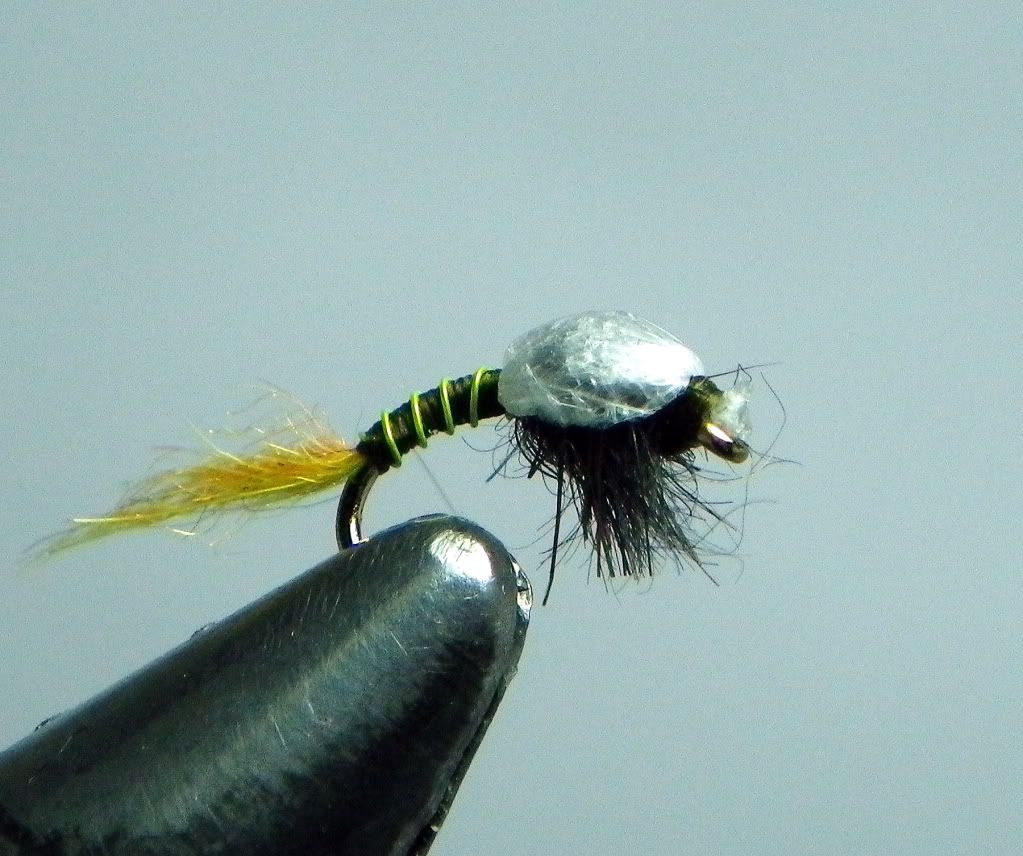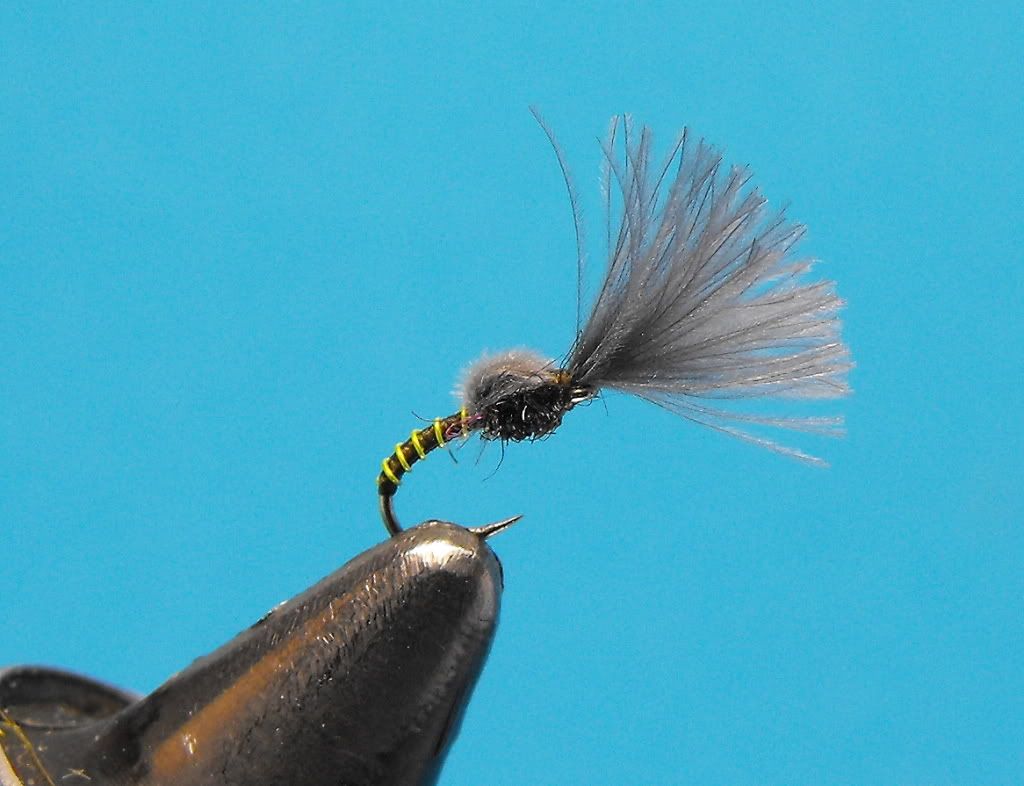mikel
Well-known member
ok...bad enough having to tie on these little suckers and deal with 6 or 7x tippet....but if I simply drop a little dry on the water RIGHT NEXT TO ME I still can't spot it...I mean from like 6 feet.
so...option 1 for me is to get a handle on where I THINK the fly is drifting and set up on any slurps or swirls in the area. This sux, but works for me on stillwaters. Not so much moving water, especially if casting any distance at all.
or...option 2 is to tie on a stimi or something that I can occasionally spot above my #20 and fish it like an indicator. I do this with mixed success.
Am I missing an obvious option 3?
-Mike
so...option 1 for me is to get a handle on where I THINK the fly is drifting and set up on any slurps or swirls in the area. This sux, but works for me on stillwaters. Not so much moving water, especially if casting any distance at all.
or...option 2 is to tie on a stimi or something that I can occasionally spot above my #20 and fish it like an indicator. I do this with mixed success.
Am I missing an obvious option 3?
-Mike




